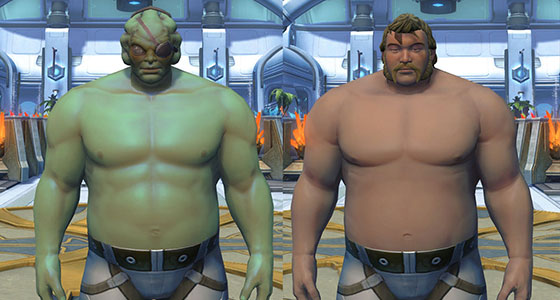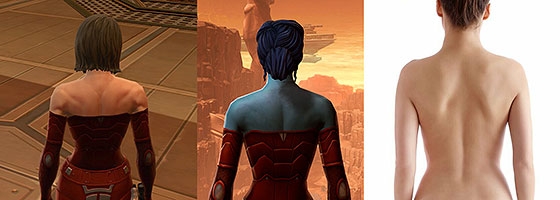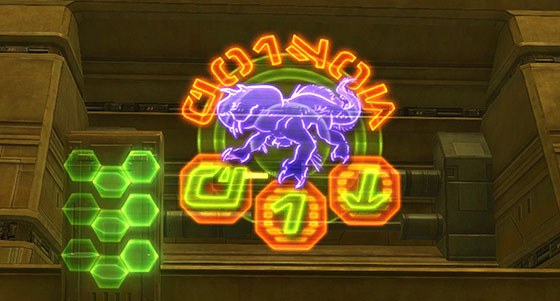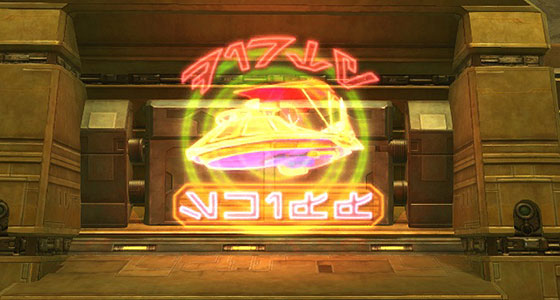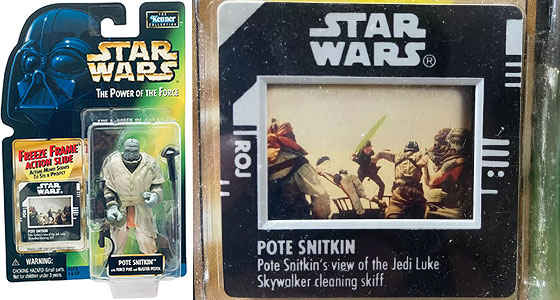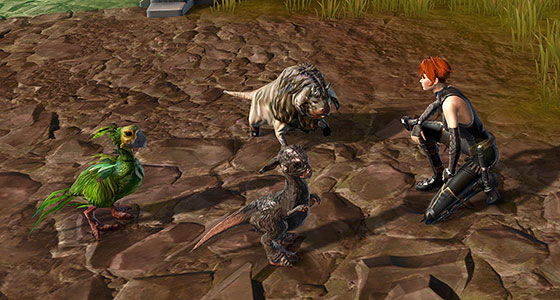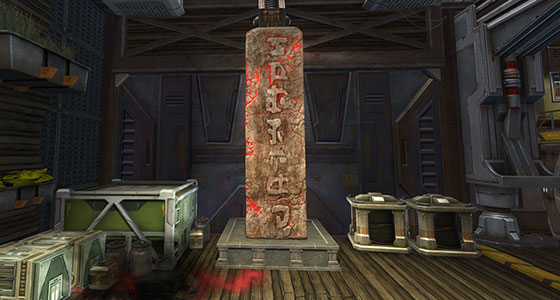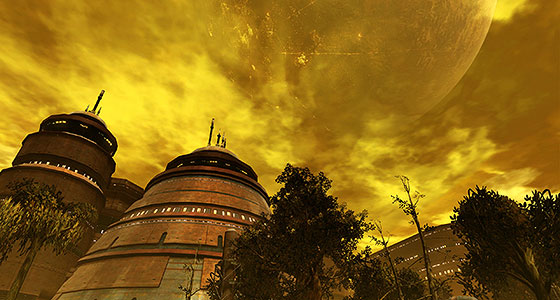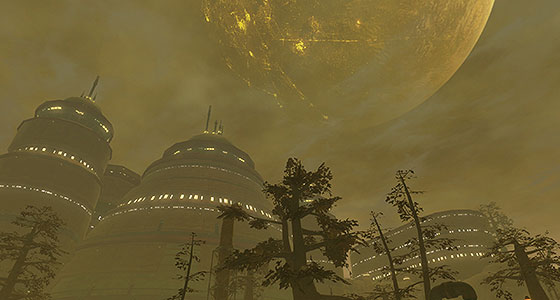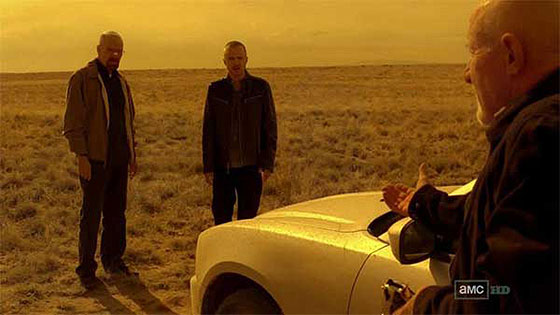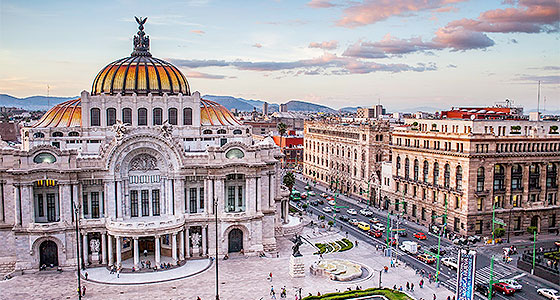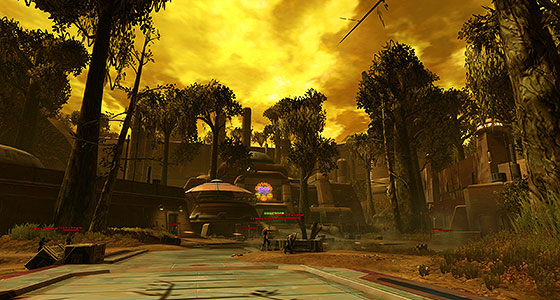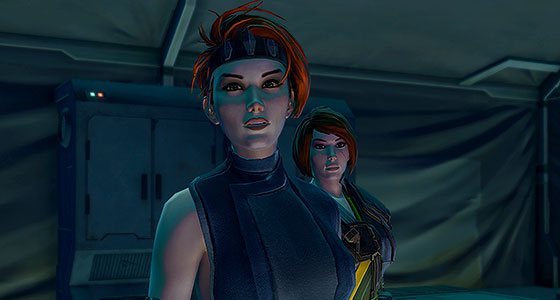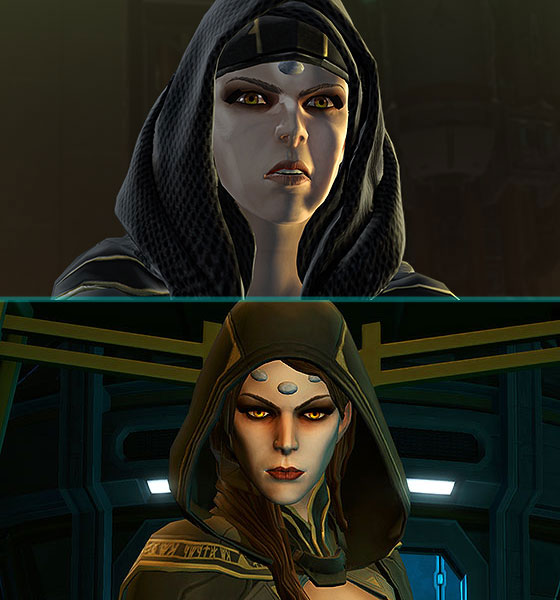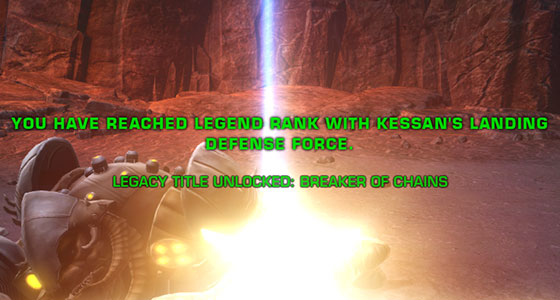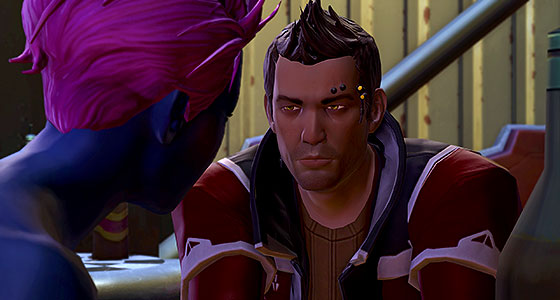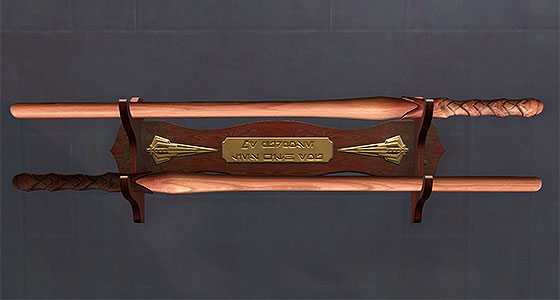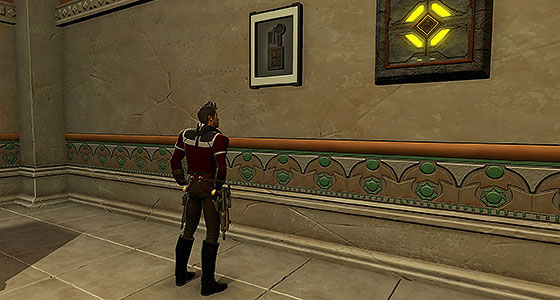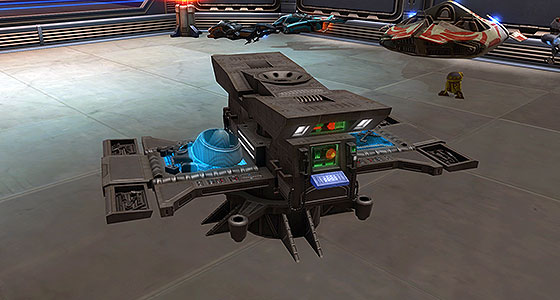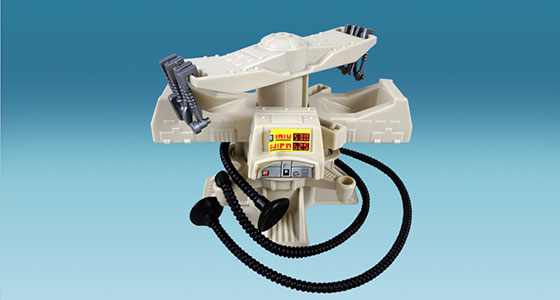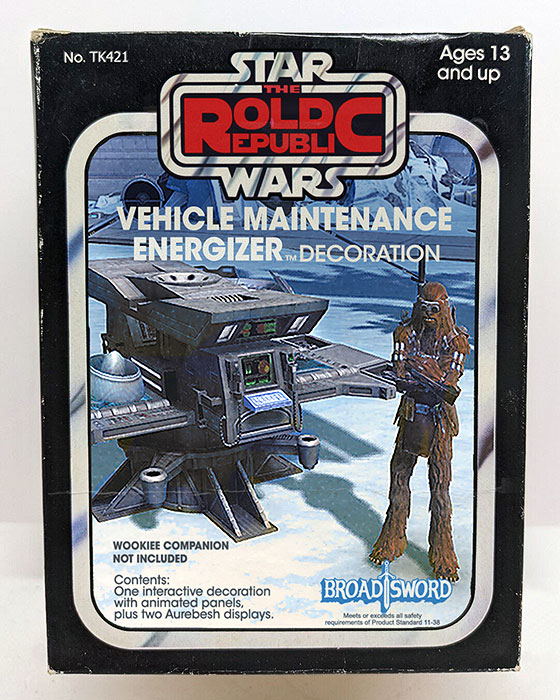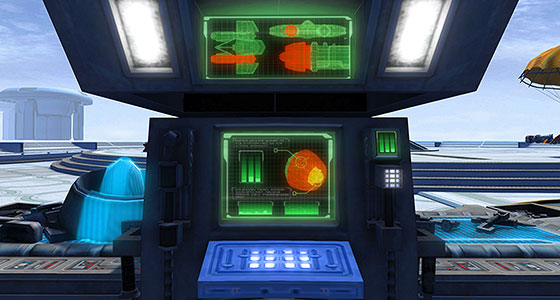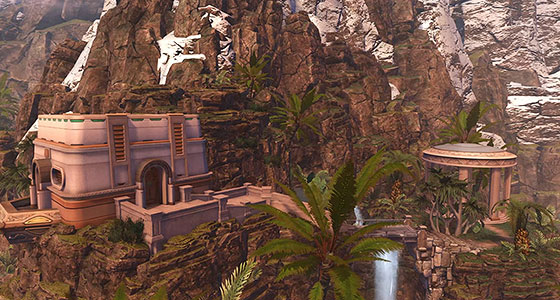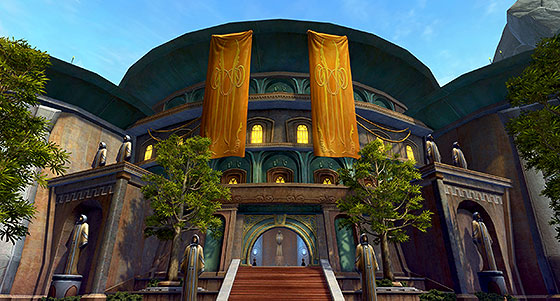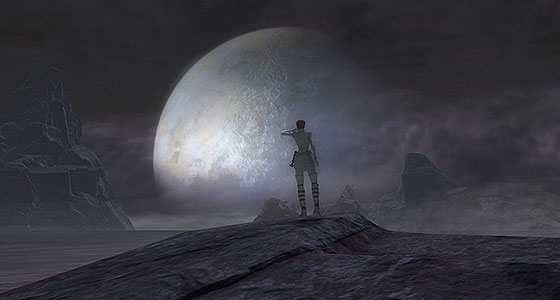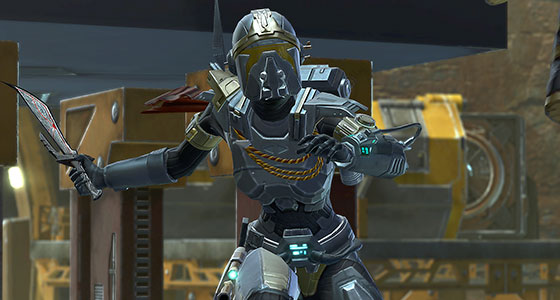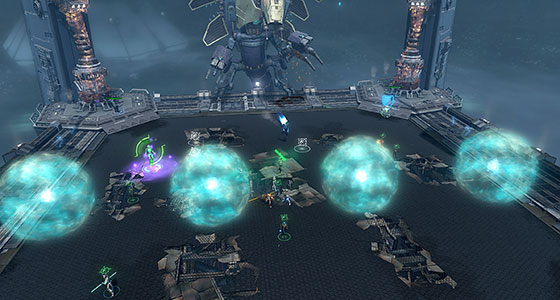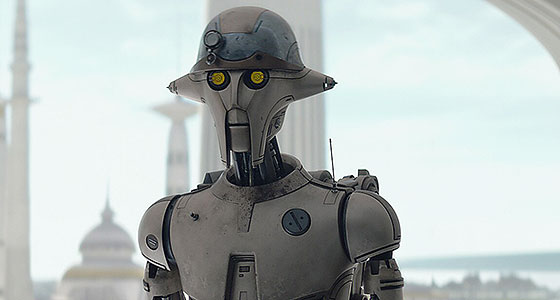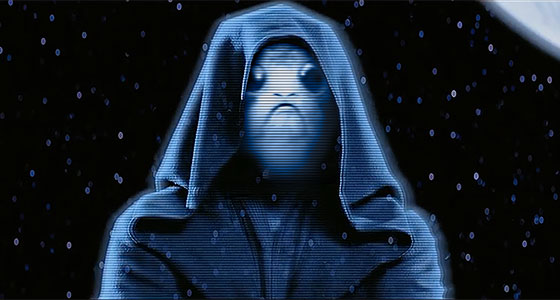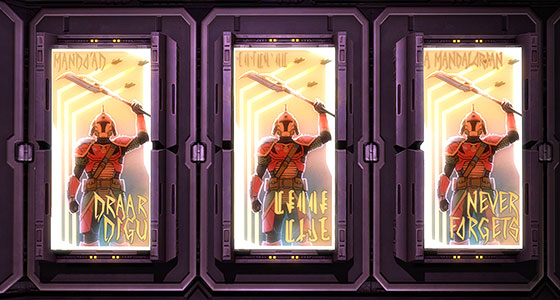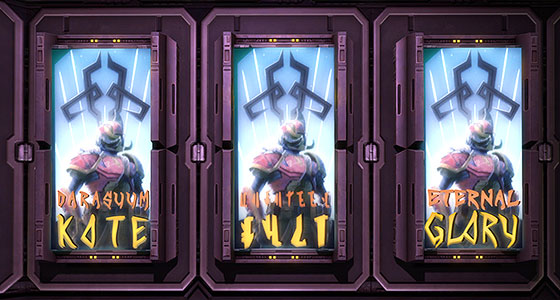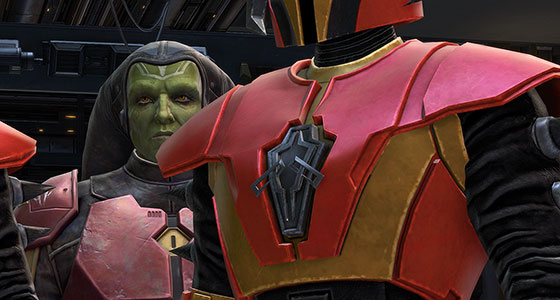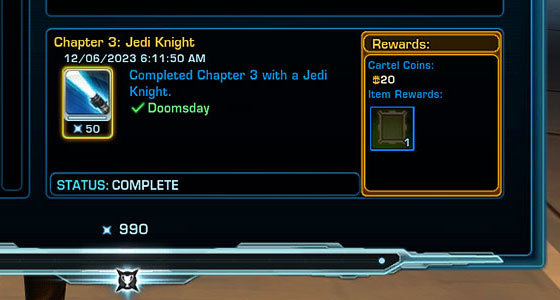It has been tradition for me to kick off a new year of Star Wars: The Old Republic with five bold predictions of what we might see in the weeks and months ahead. Last year I went two for five which is pretty good by my standards especially since the two biggest swings I took last year were hits. That said, I’m going to skip predictions this year. When it comes right down to it, the ongoing SAG-AFTRA voice actors strike which seems to be affecting SWTOR makes it very difficult to guess what might happen this year, particularly in regards to two topics that most interest me: where the current story might go and whether we might get an expansion or at least an expansion announcement this year.
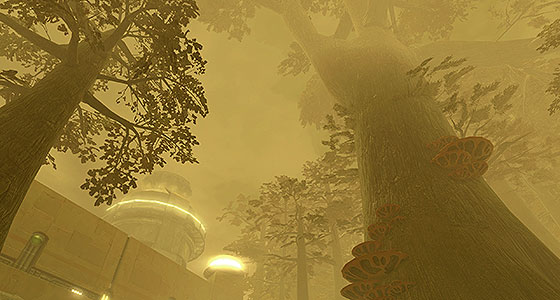
Until the strike is resolved, speculation about the story and expansion ought to be put on hold. I support the aims of the voice actors and their union, and I think it is entirely reasonable to believe that a humongous corporations like Electronic Arts, SWTOR’s publisher, do not have the best interest of their contractors and employees as their highest priority.
I am in no position to say exactly where SWTOR stands with regards to the strike. There has been some voice work in both the newly added Relentless Replication operation and the Dynamic Encounters, but I am very reluctant to speculate about those additions and whether they count as exceptions.
I have no doubt that Broadsword fully intends to continue development despite issues caused by the strike. Galactic and PVP Seasons require little-to-no voice acting, and plenty of non-story content from flashpoints to Dynamic Encounters could be implemented without it as well.
Dynamic Encounters are SWTOR‘s version of “Group Quests” and I’ve very much been enjoying them. They are semi-random quests of various types, many without any combat at all. I always enjoy taking my characters out into the world, walking from place to place, meeting people, getting into adventures. Unlike Dailies and Heroics, the pace of the Encounters is less hectic, and I don’t feel like I need to race from quest to quest or objective to objective. I go where I want and complete the encounters I want. It’s not an efficient source of Conquest or Tech Fragments, but it is relaxing and that’s a greater reward to me.
What is SWTOR without Story?
In light of the strike, however, I think this is a fair question to ask. Patch 7.6 “Galactic Threads” launched without implementing its story, Until the strike is resolved, I think any future “Critical Path” story updates will be delayed as well. SWTOR‘s story and it’s fully voice acted interactions remains one of its biggest assets and strongest selling points to new and returning players. But if the story is delayed, where does this leave players?
I don’t imagine they will present the story with subtitles. At the very least, we have all seen the community react poorly to this style of gameplay when it appears during important moments in the story.
The game’s last major story update, Desperate Defiance, shifts between SWTOR’s traditionally fully voiced staging and the “KOTOR” style in which our character’s responses are related in text and the character animations are limited. Last June, Ashley Ruhl, SWTOR’s narrative director, took to the forums to discuss why and how the choices to use these styles of interactions are made.
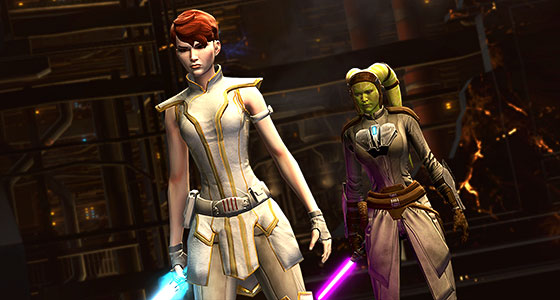
Any discussion of this topic must acknowledge the reality that players of Star Wars: The Old Republic have a lot of very different expectations when it comes to the content the game ought to produce, and that these expectations come from very different points of view. First off, SWTOR is expected to regularly produce the kind of content that every MMO offers: solo play, group content, PVP, raids, dailies, cosmetics, achievements, and gear. On top of that SWTOR is most well known for creating story and character development at a level that frankly other MMOs do not match: fully voiced dialogue, regular cinematic cutscenes featuring 48 lead actors across three languages and a huge supporting cast.
Let me be clear, none of these expectations are unreasonable. Nevertheless, we also have to accept that SWTOR is not the biggest MMO on the market. SWTOR hasn’t changed its subscription pricing in the United States since launch, and it hasn’t charged for an expansion in a decade. I am certain the costs associated with every aspect of creating this game has gone up, and the development team has the challenge of doing what they can with the resources they have.
As a player, I also understand the frustration. I was disappointed that my first major conversation between my character and Sahar, the expansion’s major addition to the cast, was done in the KOTOR style. For me it deflated much of the drama leading up to that moment.
I’m not going to tell anyone how to value their subscription and their play time. If you only want to pop into SWTOR once a year to catch up with the story, I get it. I’ve often called SWTOR the theme-parkiest of theme park MMOs and how often do most people go to DisneyWorld or Six Flags in a year? If you’d rather challenge yourself against the constant stream of new raids only World of Warcraft can supply or the large scale PVP of New World, I completely understand. We live in an age of subscription services, and no one can or should keep up with them all. For example, as their fees have increased and their quality and quantity of their shows gone down, I’ve gotten into the habit of juggling my streaming services. I don’t see any point in subscribing to Netflix for more than one or two months a year, and it makes sense that others view their MMO subs the same way.
I can only answer the question for myself. I use SWTOR’s 180 day subscription plan, and every six months I ask myself if I’m getting my money’s worth from my sub. It costs me more to go out to a movie than to play SWTOR for a month. I truly believe I get more fun from a month of SWTOR than I do from two hours at the cinema, so it’s always been a short conversation. But other people may feel different. A great many players are just here for the story, so taking a break from the game until the strike is resolved is more than reasonable. Should SWTOR add other types of content to tide us over until the strike ends? I’m certain that’s the plan. The next Galactic Season should start in a month or two, and I imagine we’ll get more Dynamic Encounters and perhaps a new Venture. Will we see extra emphasis on group content? Maybe. I don’t know. Honestly I don’t think SWTOR has the resources to satisfy all the expectations players have of the game. As always, it will be a little bit of this, a little bit of that.
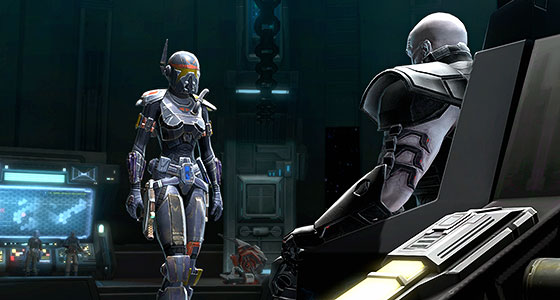
Don’t look to me for solution to this problem. I understand subscriptions remain SWTOR‘s biggest source of revenue, but Broadsword has introduced the “Join the Fight” and “Master the Fight” bundles to entice players to subscribe for more than a month at a time. I believe that these bundles are solid deals if you want some extra Cartel Coins to spend, but they are skippable if you don’t. I don’t relish the thought of paying more for SWTOR, and I don’t believe SWTOR should or will raise its subscription price unless World of Warcraft does so first; I imagine they are rather like two competing gas stations across the street from each other, forced to match prices. Should SWTOR charge for expansions again? Shadows of Revan, SWTOR‘s last paid expansion, cost $19.99 US, and I would gladly pay that for an expansion with the same scope and content. Would other players? I don’t know.
For me, a big part of the appeal of the game comes from the fact that I get to play with so many fun and funny people both within my guild and the community of people I’ve gotten to meet over the years. I love raiding, I enjoy dipping into Galactic and PVP seasons. There is almost always something I want to do when I log on.
But I can’t speak for other players. All I can really do is hope that the strike is resolved quickly, and the voice actor’s are satisfied with the agreement.
Yes, Chef
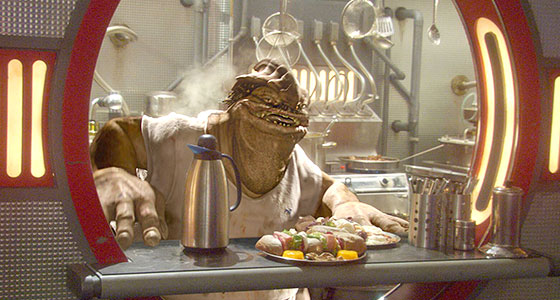
Ok, I lied. I do have one 2025 prediction to make. It is obvious to me that the next Venture will revolve around Porgs. This Venture will introduce players to the months long process of breeding, hatching, nurturing Ahch-To’s beloved and delicious avian friends. That’s right, I said “delicious.” This Venture will be the means Broadsword finally introduces the cooking crafting skill to the game. Players will need to journey across the galaxy collecting rare ingredients, uncovering ancient recipes from lost ruins of the Sith, Jedi and Rakata. We will learn to build campfires in the wild, construct fusion ovens in our strongholds, navigate crowded, tension-filled kitchens and battle the fiercest Beskar Chefs to discover who reigns supreme in the kitchen stadiums of the galaxy. At the end of our journey, we will finally earn a vaunted Mandalorian Star proving that we are worthy to stand with the greatest chefs in all of Star Wars lore.
And it all starts with the humble Porg. Of that I have no doubt.


